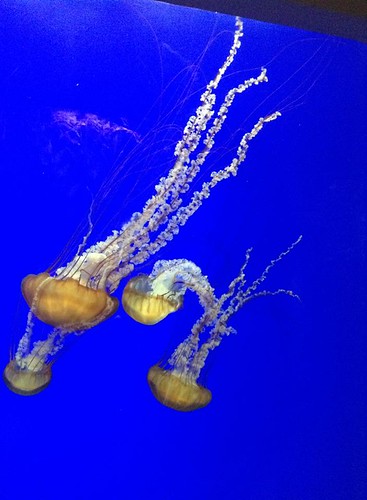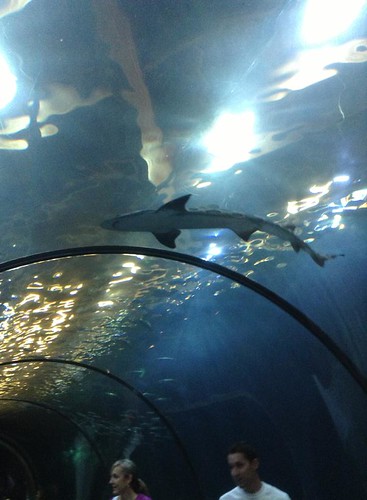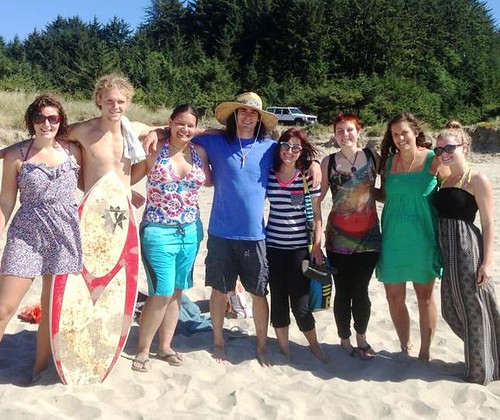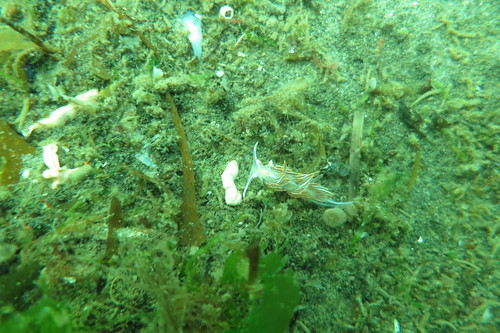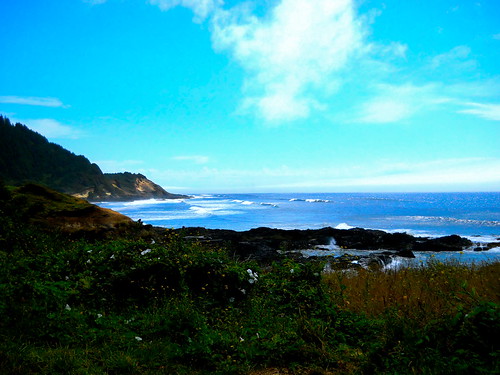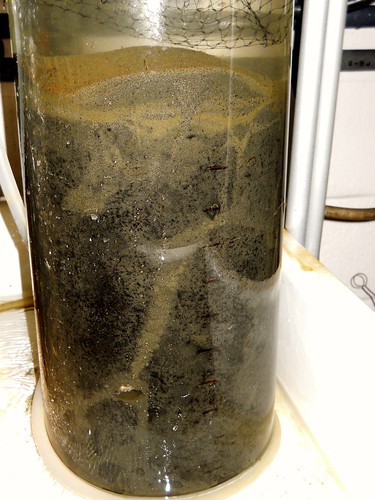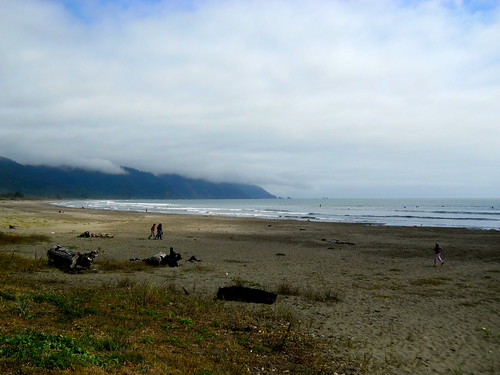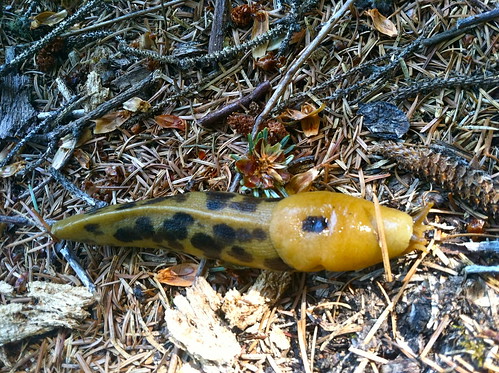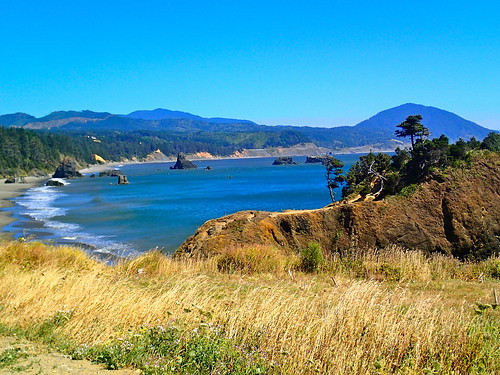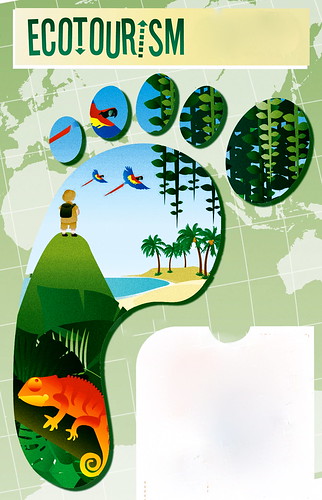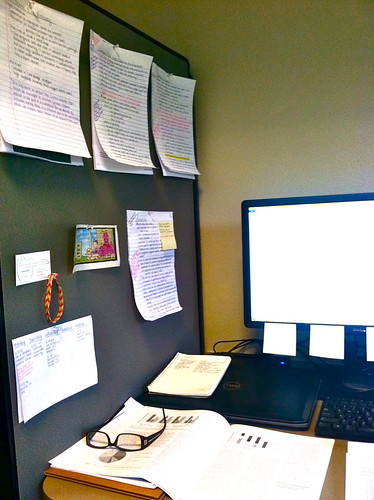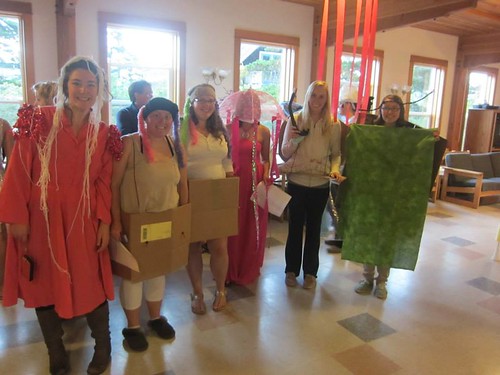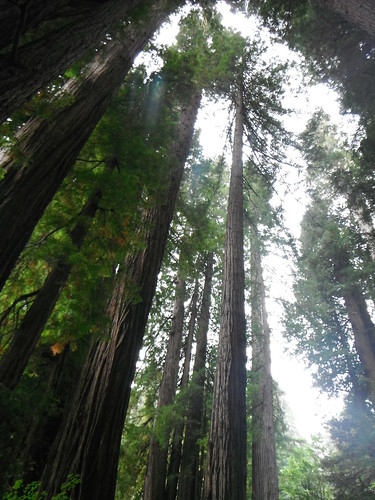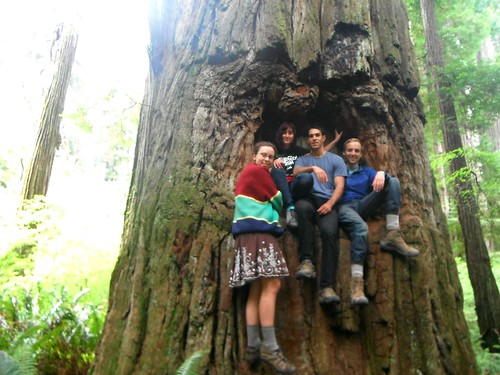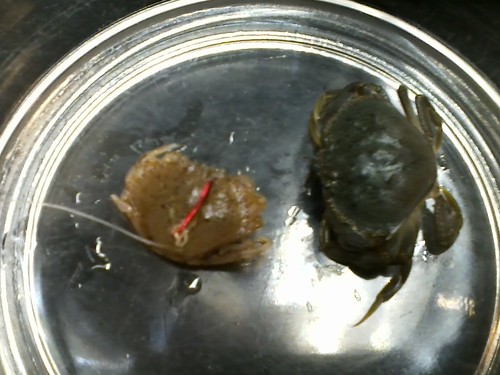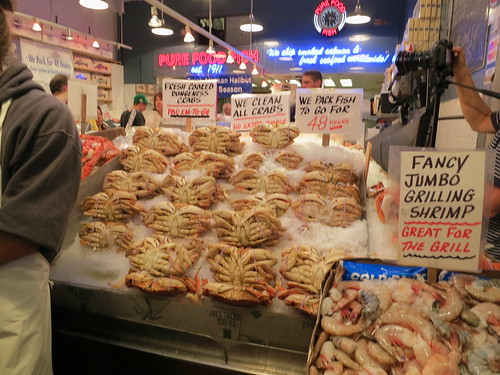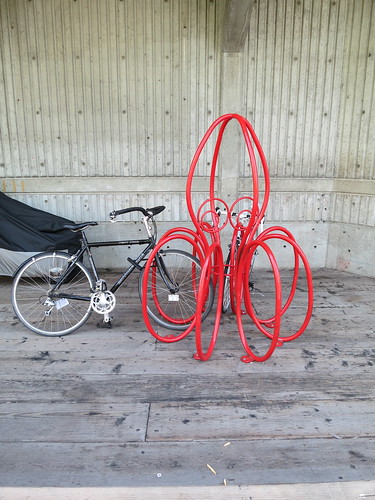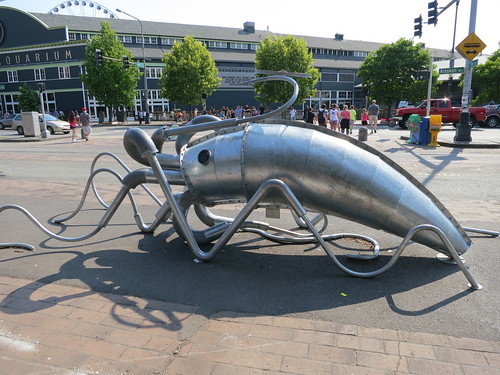With week nine come and gone, my time here in Oregon is winding down. This week was devoted almost entirely to finishing up my final presentation for the Summer Scholars program and beginning to tie up any lose ends at the ODFW. After finally finishing up my presentation early in the week I practiced my speech several times on willing ears. Luckily, all the COSEE interns also had to present their final work as well and it provided the perfect opportunity to practice our presentations to an audience and receive feedback.
On Friday, Scott and I drove up to Newport (via the 101, my favorite highway!) so I could present my final work at Hatfield for Sea Grant’s end of summer symposium. It was awesome to finally see what all the other summer scholars had been accomplishing this summer and to also share my accomplishments from this summer with them and with the scientific community. Everyone had done a great job with their projects and also gave fantastic presentations; my attention was captured the entire symposium! Unfortunately, I do not have pictures of the symposium so just try and imagine a very happy and enthusiastic Sam Thiede speaking about Pacific heart cockles to a room full of people!
And, seeing as I had never been to the Newport Aquarium before, Scott and I went to check it out after the presentations were over. It was cool to see all the coastal fishes up close, especially the Orford Reef exhibit where you could walk through glass tunnels through the aquariums. Unfortunately, I am not SCUBA certified and could not check diving off my summer bucket list. However, walking through the tunnels in the aquarium provided me with the perfect opportunity to see many of the species I’d have encountered during a dive. While I’m sure nothing compares to the actuality of swimming through open water, I was pretty happy that I at least caught a glimpse at what I was missing. Motivation for SCUBA certification: activated!
This weekend, I was again reminded just how close I was to my summer’s end. This week was the final week of the term for OIMB students and also the last week for all of the COSEE interns. At the end of the weekend almost everyone on campus headed back to their homes and colleges. It was quite a shock going from seeing 30 people every day to only a handful. I have met some amazing people in Charleston this summer and saying goodbye is always hard. In less than a week, even I will follow suit and have to pack up and move on out.
This week I will be finishing up on my memo that I am writing for the ODFW and also help Scott with any end of summer field work. It makes my heart heavy when I think of leaving Charleston, I feel like I’ve really made myself at home here. Until next time, cheers!

